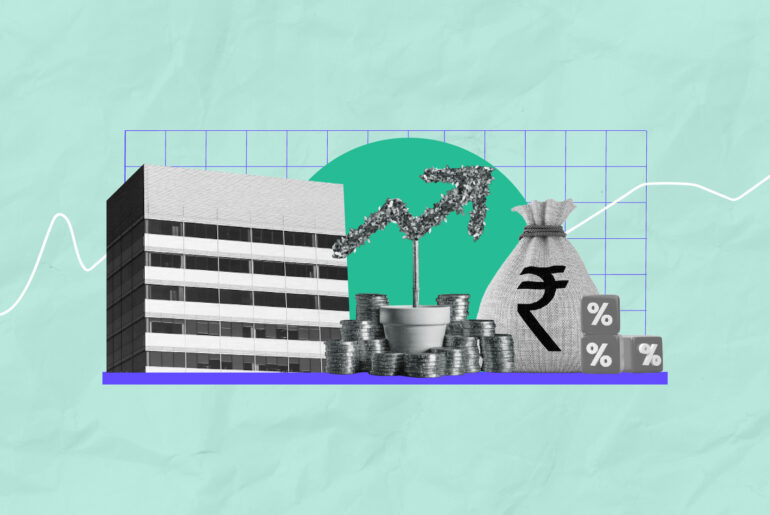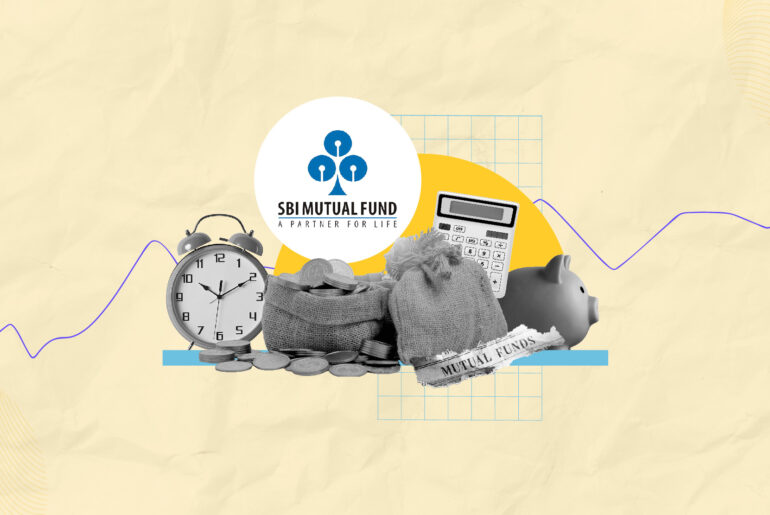Last Updated on May 24, 2022 by Aradhana Gotur
Currency depreciation is the decrease of a nation’s currency’s value in terms of its exchange rate against other currencies. Economic fundamentals such as inflation and political instability can all influence currency depreciation. This article delves into everything you need to know about currency depreciation, its causes and effects and more.
Table of Contents
What is currency depreciation?
In simple terms, currency depreciation refers to the fall in the worth of one unit of the currency against the value of one unit of a benchmark foreign currency. In countries with weak growth fundamentals such as persistent current account deficits and high inflation rates, currency depreciation is common. A sudden and large currency depreciation, on the other hand, may terrify foreign investors who become concerned that the currency will continue to decline, pushing them to withdraw their portfolio assets from the country. The flight of foreign investments further weakens the currency.
Currency depreciation is caused by several factors, including easy monetary policy and excessive inflation. A variance from the interest rate that the market expects can also trigger currency depreciation. To combat inflation, central banks will boost interest rates, as too much inflation could lead to currency devaluation. Inflation can also raise the cost of export inputs, lowering the competitiveness of a country’s exports in international markets. The trade imbalance will grow, and the currency will devalue as a result.
Sudden currency decline, particularly in developing economies, always raises fears, in which most of these currencies become plagued by similar investor concerns. The consequence of the 2016 Brexit on the value of the British Pound, which suffered substantial volatility and declined fast against the US Dollar is one real-life example of currency depreciation.
Causes of currency depreciation
Depreciation of a currency can happen for a variety of reasons. Changes in inflation rates, political instability, and other economic variables are all examples. The most common causes of currency depreciation are:
- Lower export revenues
- Surging imports
- Lowered interest rates on the monetary policy
- Intervention by the central bank
- Currency sold by traders and speculators in the market
Economic conditions: The value of a country’s currency falls when worldwide demand for its exports is low. Similarly, if a country imports a disproportionately large number of products and has a trade imbalance, its currency depreciates. Any big economic news that is unfavourable might cause a currency’s value to fall. If significant industries or firms post bad profits, a currency’s value may fall in expectation of difficult economic times forthcoming.
Monetary policy: Each country’s central bank establishes economic policies that affect currency value in the short term and contribute to long-term trends. In general, rising interest rates to combat inflation put downward pressure on a country’s currency. Some governments employ interest rate restrictions to reduce the relative worth of their currencies in the international market.
Global market conditions: The global economy as a whole has an impact on currencies in specific regions. For example, should the US Dollar appreciate for reasons of economic welfare in the US, the Rupee value in India depresses relative to it. Similarly, a recession in India triggers Rupee depreciation against currencies of developed and other developing nations.
Political events: Currency depreciation can be caused by fear or uncertainty about a country’s political stability as investors assess the investments a country will have to make to sustain against a prolonged conflict or war. Even when certain political parties gain power in a nation, the currency may devalue due to the incoming administration’s planned objectives.
Effects of currency depreciation
A currency exchange rate represents the value of one currency against another. The majority of exchange rate quotes are in US Dollars. For example, the value of the Rupee is benchmarked against the US Dollar, that is, $ 1 = Rs. 74.94 as of 6th October 2021.
Countries like China and the Republic of Congo follow a fixed exchange rate system where the government decides the depreciation and revaluation of its money. At the same time, market forces dictate currency depreciation or appreciation under a floating exchange rate system, such as in countries like India and the United States of America. The decrease in the value also impacts bonds, equities, mutual funds, and other assets, which is known as devaluation or depreciation.
Increased import prices might drive up local inflation if the currency rate depreciates. Investors would want greater returns to compensate for inflation, and the central bank would be expected to boost interest rates to combat inflation, pushing interest rates further higher. Because bond prices and interest rates are inversely related, a currency crash, or a sudden drop in the currency, might also result in a bond market crash.
A weakening or declining dollar raises the exchange rate for sales and earnings in foreign currencies. A low Rupee might benefit exporters, such as manufacturing firms, by making their products more competitive in international markets. Yields and stock prices may rise as a result of this. Import prices, on the other hand, would increase, resulting in inflation.
Advantages of currency depreciation
Exports are less expensive: Currency depreciation lowers the cost of exporting to overseas markets. A rise in export demand can lead to increased productivity and the development of new jobs in the country to fulfil export demand.
Debt pressures are eased: Currency depreciation allows a country with a large amount of sovereign debt to decrease its debt throughout time, making it less expensive.
Disadvantages of currency depreciation
Exports are more cost-effective and competitive: The value of exporting to foreign markets is reduced due to currency depreciation. Growth in export markets can lead to higher productivity and new employment in the nation to meet export demand.
Debt burdens are reduced: Currency depreciation enables the government with a significant amount of sovereign debt to gradually reduce its borrowing and lower costs during the term.
Conclusion
Under a floating exchange rate system, currency depreciation is significant when there is a decrease in the value of a currency. Currency depreciation can be caused by risk aversion, economic fundamentals, political instability, interest rate differentials, and global market reactions too. That said, currency depreciation that occurs in a controlled manner can boost a country’s export activity by making its goods and services more affordable to purchase.
- Top Fund of Funds (FOF) in India – Full Form, Types & More - Mar 28, 2025
- Bond Funds – Meaning, Types, Risks, and Benefits - Mar 27, 2025
- Money Market Mutual Funds: Meaning, Benefits, Liquidity and Taxation - Mar 13, 2025




